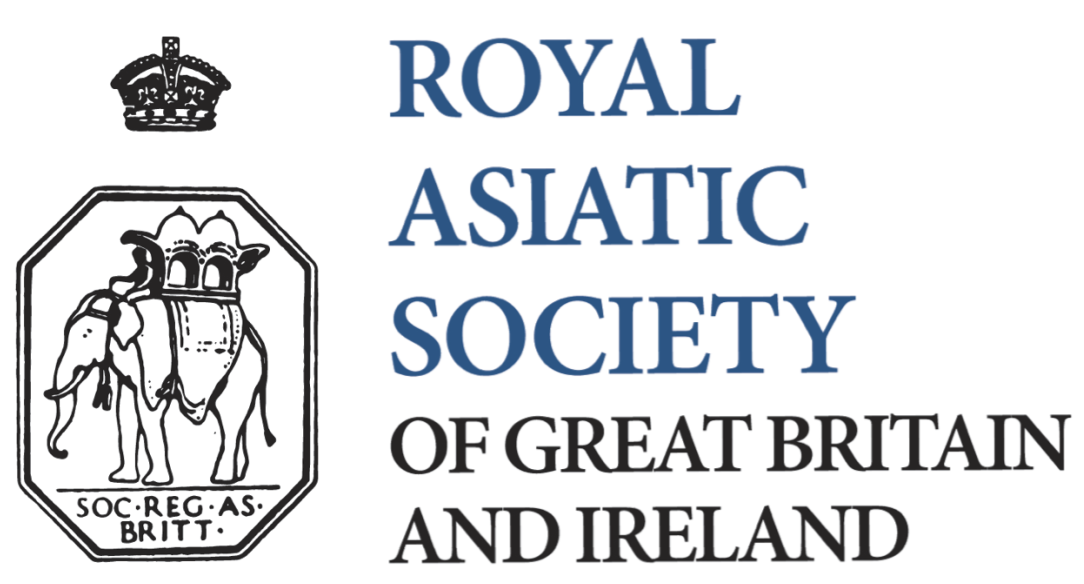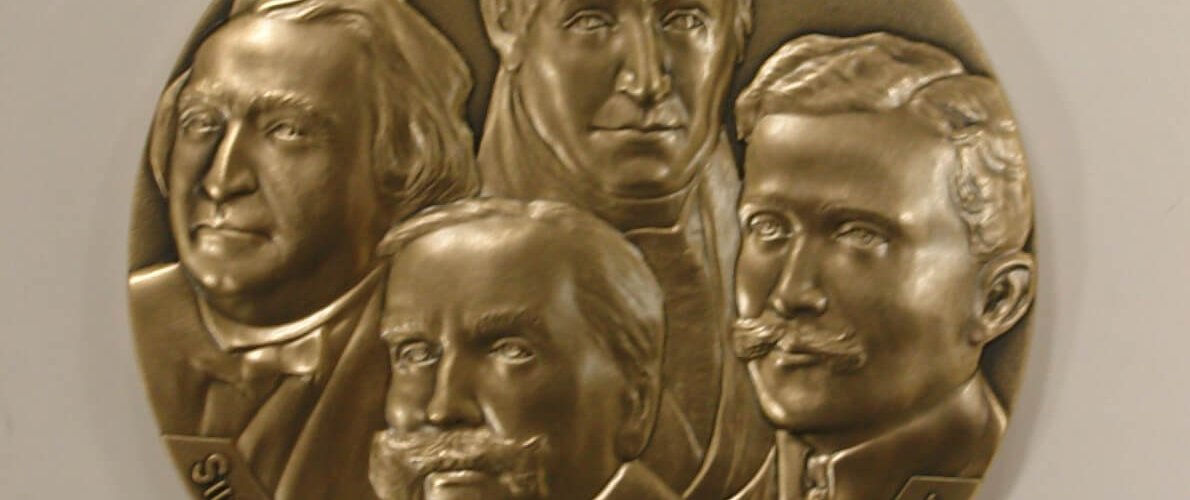Remembering Joseph Ernest Renan
Friday 28 February marks 202 years since the birth of Joseph Ernest Renan in 1823 at Tréguier, Brittany. His father was involved in the fishing industry but died when Renan was just five years old. He attended the local school where he was a diligent and successful pupil, so much so that he was given the opportunity, at the age of fifteen, to attend the ecclesiastical college of Saint-Nicholas-du-Chardonnet in Paris. From there he went on, in 1840, to study philosophy at the seminary of Issy-les-Moulineaux and then, in 1844, he moved to the college of St Sulpice to study philology, particularly Hebrew and Syriac, before becoming a teacher at a boys’ school. Renan’s philological interests brought him to be a fellow of the Société Asiatique where he served on their Council and as President from 1884-1892. The featured image shows Renan on the reverse of the Société Asiatique’s bicentenary medal alongside Antoine Silvestre de Sacy, Émile Senart and Paul Pelliot. One of these medals was presented to the Royal Asiatic Society as part of our own bicentenary celebrations.
Within the Society’s collections we have a half-length portrait of Renan painted in oil on canvas by the English painter Edwin Long (1829-1891). This currently hangs in our lecture theatre. It bears the inscription ‘Ernest Renan, Hibbert Lecturer, 1880’. The Hibbert Lectures were part of the programme of the Hibbert Trust, an organisation established by the Unitarian Robert Hibbert, in 1847, with a goal to uphold “the unfettered exercise of private judgement in matters of religion.” Max Müller, the German-born British comparative philologist and orientalist, delivered On the Religions of India as the inaugural lecture in 1878. This was followed by the Egyptologist Peter le Page Renouf, in 1879, who lectured on The Religion of the Egyptians. Renan in 1880 turned his attention to Christianity and delivered Lectures on the Influence of the Institutions, Thought And Culture of Rome on Christianity And the Development of the Catholic Church. It is unknown who requested the portrait of Renan be painted and why the title of Hibbert Lecturer was chosen. It is also unknown how the portrait came to be part of the Society’s Collections.
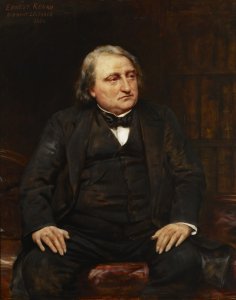
Edwin Long was born in Bath, Somerset, but moved to London to train as an artist, first studying at the British Museum before training under James Mathews Leigh. He was elected an associate of the Royal Academy in 1870 and an academician in 1881. Long made the acquaintance of the artist John Phillip, and accompanied him to Egypt and Spain where Long came under the influence of paintings by Velasquez and other Spanish masters. Though first known as a portrait painter, he later became recognised for his portrayal of biblical and religious scenes. Maybe this interest in religious topics brought him to the notice of the Hibbert Trust, or maybe Renan or some patron wanted to commission a painting in recognition of the honour of being invited to lecture. Without more provenance information this is difficult to know. The inscription is in paint in the top left-hand corner (when facing the portrait) and appears to have been done by the artist at the time of making the portrait. It would be interesting to discover more…
Saturday 1st March will see the anniversary of the birth of the civil servant and historian, Sir Henry Miers Elliot, born in 1808. He is most well known for a compilation of his papers, The History of India, as Told by its own Historians which was compiled and published posthumously in eight volumes by John Dowson, between 1867 and 1877. If you would like to find out more about Henry Miers Elliot and the collections that we hold associated with him, then there is a previous blog post in which we celebrated his birthday.
~ ~ ~ ~ ~
In other news we have a series of events coming up in March. Firstly, this evening, Thursday 27 February, Andrew Laurie will be showing his film: “Gleaming-breasted residents of streams that don’t freeze in winter”: the Dippers of the Mongolian Altai. Andrew is a biologist, cameraman, director and editor, who worked with a small non-specialist field crew in Mongolia but their research led to observing interesting differences in behaviour between the European and Altai Dippers. We look forward to discovering more this evening.
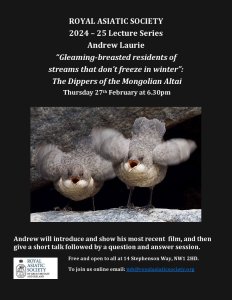
On Tuesday 4 March we celebrate the launch of Charlotte Horlyck’s The Emergence of the Korean Art Collector and the Korean Art Market. This book traces the rise of the modern Korean art market from its formative period in the 1870s through to its peak and subsequent decline in the 1930s, exampled by the collecting of Koryŏ celadon ceramics. We look forward to welcoming Charlotte and hearing more about this interesting theme.
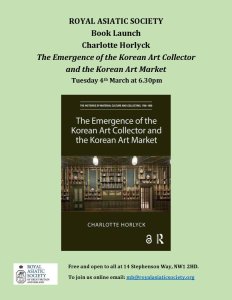
This launch will be followed on Thursday 7th March by the launch of Anabel Loyd’s The Dervish Bowl: The Many Lives of Arminius Vambéry in which she explores who was Arminius Vambéry? Was he a poverty-stricken, Jewish autodidact, a linguist, traveller and writer or maybe a sometime Zionist, inspiration for Dracula’s nemesis, and British secret agent? Anabel has been a regular columnist for the Indian Telegraph for many years. She has lived and worked in India and has a particular interest in the Indian history of the late nineteenth and early twentieth century.
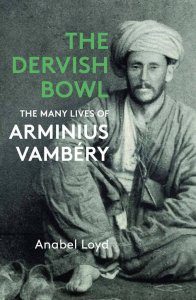
All these events take place at 6.30pm at the Society’s premises on Stephenson Way. If you wish to attend via zoom, please contact Matty Bradley at mb@royalasiaticsociety.org.
Nancy Charley, 27 February 2025.
